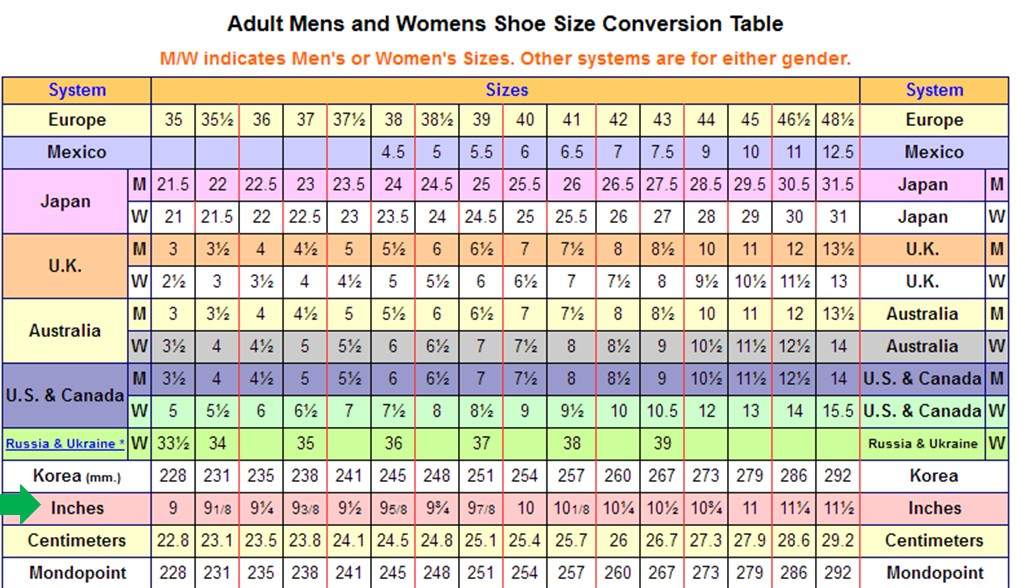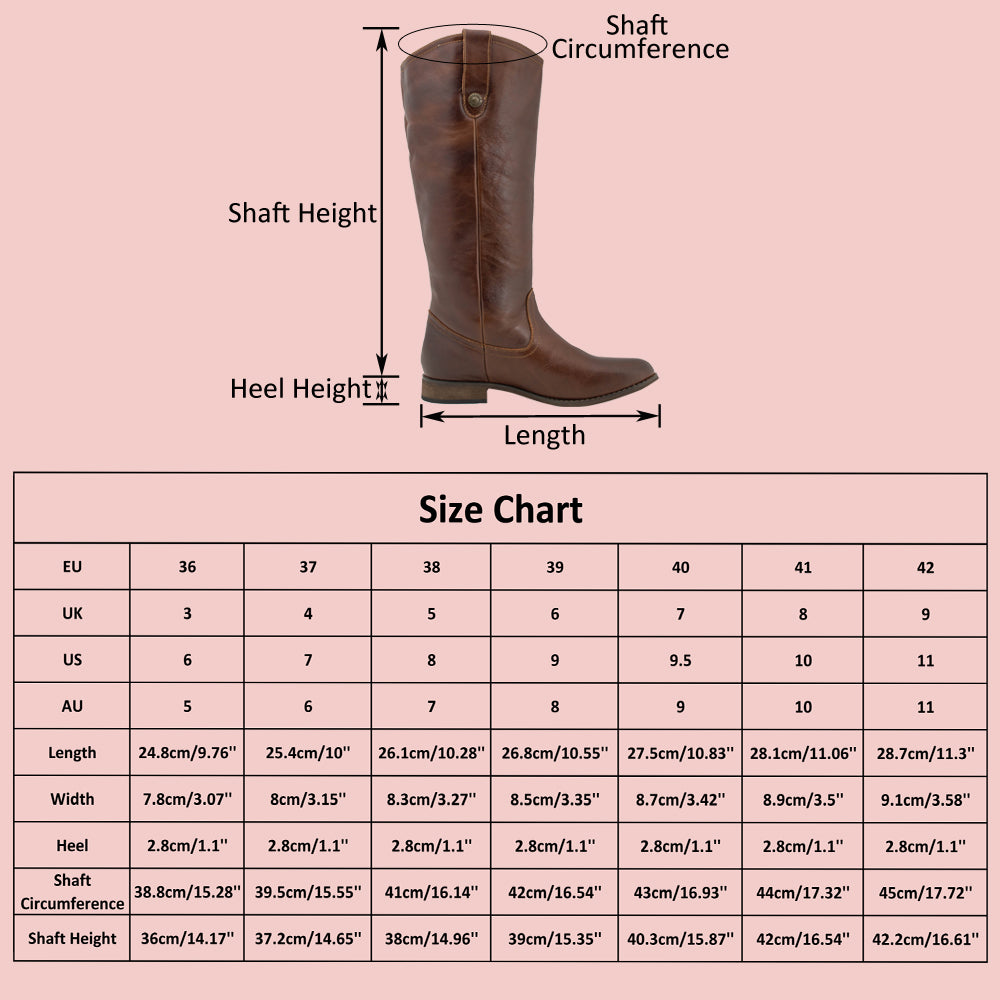Understanding the Difference Between Shoe and Boot Sizes
When it comes to shoe to cowboy boot size conversion, it’s essential to recognize the fundamental differences between shoe sizes and cowboy boot sizes. Unlike shoes, cowboy boots are designed to provide support and stability for riders, which means they fit snugly around the foot. This distinction is critical, as it affects the conversion process and ultimately, the fit of the boot.
One of the primary differences between shoe sizes and cowboy boot sizes is the width. Cowboy boots come in a range of widths, from narrow to wide, to accommodate different foot shapes and sizes. Shoes, on the other hand, tend to have a more standardized width. When converting shoe sizes to cowboy boot sizes, it’s crucial to take into account the width of the foot to ensure a comfortable and secure fit.
Another key difference is the toe style. Cowboy boots often feature a more pointed or square toe, which can affect the fit and comfort of the boot. Shoes, by contrast, may have a more rounded or almond-shaped toe. Understanding these differences is vital for accurate shoe to cowboy boot size conversion and finding the perfect fit.
How to Measure Your Foot for Accurate Conversions
To ensure accurate shoe to cowboy boot size conversions, it’s essential to take precise measurements of your foot. This will help you determine your correct cowboy boot size and avoid common fitting issues. Here’s a step-by-step guide on how to measure your foot:
1. Foot Length: Measure the length of your foot from the back of your heel to the tip of your longest toe. Use a ruler or a Brannock device to get an accurate measurement. Record the length in inches or centimeters.
2. Foot Width: Measure the width of your foot at its widest point, usually around the ball of the foot. Use a ruler or a caliper to get an accurate measurement. Record the width in inches or centimeters.
3. Arch Type: Determine your arch type by wetting your foot and standing on a flat surface. If you have a flat arch, you’ll see a complete impression of your foot. If you have a medium arch, you’ll see a partial impression. If you have a high arch, you’ll see very little impression. Knowing your arch type will help you choose the right cowboy boot style and size.
By taking these measurements, you’ll be able to accurately convert your shoe size to a cowboy boot size. Remember to consider the width and arch type of your foot, as these factors can significantly affect the fit of your cowboy boots. With precise measurements, you’ll be well on your way to finding the perfect fit in cowboy boots.
The Cowboy Boot Size Chart: A Breakdown of Measurements
When it comes to shoe to cowboy boot size conversion, understanding the measurements of a standard cowboy boot size chart is crucial. This chart provides a detailed breakdown of the measurements for each size, from narrow to wide widths, to help you find the perfect fit.
The following chart outlines the typical measurements for men’s and women’s cowboy boot sizes:
| Size | Length (inches) | Width (inches) |
|---|---|---|
| 6 (Narrow) | 9.5 | 3.5 |
| 6 (Medium) | 9.5 | 3.75 |
| 6 (Wide) | 9.5 | 4 |
| 7 (Narrow) | 10 | 3.5 |
| 7 (Medium) | 10 | 3.75 |
| 7 (Wide) | 10 | 4 |
By referencing this chart, you can determine your correct cowboy boot size based on your foot measurements. Remember to consider the width and length of your foot, as well as the style of the boot, to ensure an accurate shoe to cowboy boot size conversion.
Converting from Popular Shoe Brands to Cowboy Boot Sizes
When it comes to shoe to cowboy boot size conversion, understanding the conversion ratios for popular shoe brands can be incredibly helpful. Here, we’ll provide conversion guides for Nike, Adidas, and Converse to help you easily convert your shoe size to a cowboy boot size.
Nike to Cowboy Boot Size Conversion:
Nike shoes tend to run a half size larger than cowboy boots. To convert your Nike shoe size to a cowboy boot size, simply subtract 0.5 from your Nike size. For example, if you wear a Nike size 10, you would correspond to a cowboy boot size 9.5.
Adidas to Cowboy Boot Size Conversion:
Adidas shoes tend to run true to size with cowboy boots. You can use a 1:1 conversion ratio to convert your Adidas shoe size to a cowboy boot size. For example, if you wear an Adidas size 9, you would correspond to a cowboy boot size 9.
Converse to Cowboy Boot Size Conversion:
Converse shoes tend to run a half size smaller than cowboy boots. To convert your Converse shoe size to a cowboy boot size, simply add 0.5 to your Converse size. For example, if you wear a Converse size 8, you would correspond to a cowboy boot size 8.5.
By using these conversion guides, you can easily determine your cowboy boot size based on your shoe size from popular brands. Remember to consider the width and length of your foot, as well as the style of the boot, to ensure an accurate shoe to cowboy boot size conversion.
Factors to Consider When Converting Shoe Sizes to Cowboy Boot Sizes
When it comes to shoe to cowboy boot size conversion, there are several factors to consider beyond just the length and width of your foot. These factors can significantly impact the fit and comfort of your cowboy boots, making it essential to take them into account during the conversion process.
Toe Style: The toe style of your cowboy boots can affect the fit and comfort of the boot. For example, a pointed toe boot may fit differently than a round toe boot. When converting your shoe size to a cowboy boot size, consider the toe style of the boot you’re interested in and adjust your conversion accordingly.
Heel Height: The heel height of your cowboy boots can also impact the fit. A higher heel may require a larger size to accommodate the added height, while a lower heel may allow for a smaller size. Be sure to consider the heel height when converting your shoe size to a cowboy boot size.
Material: The material of your cowboy boots can also affect the fit. For example, boots made from soft, supple leather may stretch over time, while boots made from stiffer leather may retain their shape. When converting your shoe size to a cowboy boot size, consider the material of the boot and how it may impact the fit.
By considering these factors, you can ensure a more accurate shoe to cowboy boot size conversion and a better fit in your cowboy boots. Remember, the key to a successful conversion is to consider all the variables that can impact the fit, including width, length, toe style, heel height, and material. With these factors in mind, you’ll be well on your way to finding the perfect fit in your cowboy boots.
Common Mistakes to Avoid When Converting Shoe Sizes
When it comes to shoe to cowboy boot size conversion, there are several common mistakes that people make. Avoiding these mistakes can ensure a more accurate conversion and a better fit in your cowboy boots.
Not Considering Width: One of the most common mistakes people make when converting shoe sizes to cowboy boot sizes is not considering the width of their foot. Cowboy boots come in a range of widths, from narrow to wide, and failing to consider this can result in a poor fit.
Assuming a Standard Conversion Ratio: Another mistake people make is assuming that there is a standard conversion ratio between shoe sizes and cowboy boot sizes. However, this is not the case, and conversion ratios can vary depending on the brand and style of the boot.
Not Accounting for Toe Style: The toe style of your cowboy boots can also impact the fit. For example, a pointed toe boot may fit differently than a round toe boot. Failing to account for toe style can result in a poor fit.
Not Considering Heel Height: Heel height can also impact the fit of your cowboy boots. Failing to consider heel height can result in a boot that is too tight or too loose.
By avoiding these common mistakes, you can ensure a more accurate shoe to cowboy boot size conversion and a better fit in your cowboy boots. Remember, the key to a successful conversion is to consider all the variables that can impact the fit, including width, length, toe style, and heel height.
Expert Tips for Finding the Perfect Fit in Cowboy Boots
Finding the perfect fit in cowboy boots requires a combination of accurate measurements, knowledge of boot styles, and a willingness to try on different sizes. Here are some expert tips to help you find the perfect fit:
Try On Different Sizes: Don’t be afraid to try on multiple sizes to find the one that fits best. Cowboy boots can vary in size depending on the brand and style, so it’s essential to try on different sizes to find the perfect fit.
Consider the Break-In Period: Cowboy boots often require a break-in period, during which the leather molds to your foot. Consider this when trying on boots, and don’t be discouraged if they feel a bit stiff at first.
Seek Professional Help If Needed: If you’re having trouble finding the perfect fit, consider seeking the help of a professional boot fitter. They can provide expert advice and help you find the perfect fit.
Don’t Forget About Width: When trying on cowboy boots, don’t forget to consider the width. Cowboy boots come in a range of widths, from narrow to wide, and finding the right width is crucial for a comfortable fit.
By following these expert tips, you can ensure a perfect fit in your cowboy boots. Remember, the key to a successful shoe to cowboy boot size conversion is to consider all the variables that can impact the fit, including width, length, and toe style. With a little patience and persistence, you can find the perfect fit in cowboy boots.
Conclusion: Mastering the Art of Shoe to Cowboy Boot Size Conversion
In conclusion, converting shoe sizes to cowboy boot sizes requires a thorough understanding of the differences between shoe and boot sizes, as well as a consideration of various factors that can impact the fit. By following the guidelines outlined in this article, readers can ensure an accurate shoe to cowboy boot size conversion and find the perfect fit in their cowboy boots.
Remember, the key to a successful shoe to cowboy boot size conversion is to consider all the variables that can impact the fit, including width, length, and toe style. Don’t make the common mistakes of not considering width or assuming a standard conversion ratio. Instead, take the time to measure your foot accurately, consult a cowboy boot size chart, and try on different sizes to find the perfect fit.
With the right approach, you can master the art of shoe to cowboy boot size conversion and enjoy the comfort and style of your new cowboy boots. Whether you’re a seasoned cowboy or just starting out, accurate conversions and proper fit are essential for a great boot-wearing experience. So, take the time to get it right, and you’ll be riding off into the sunset in no time.








